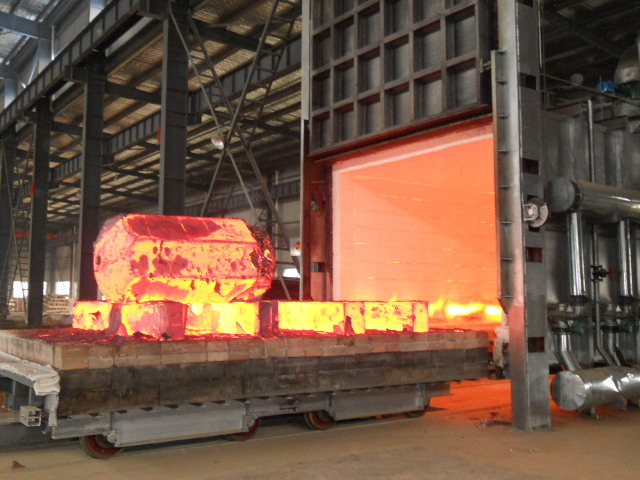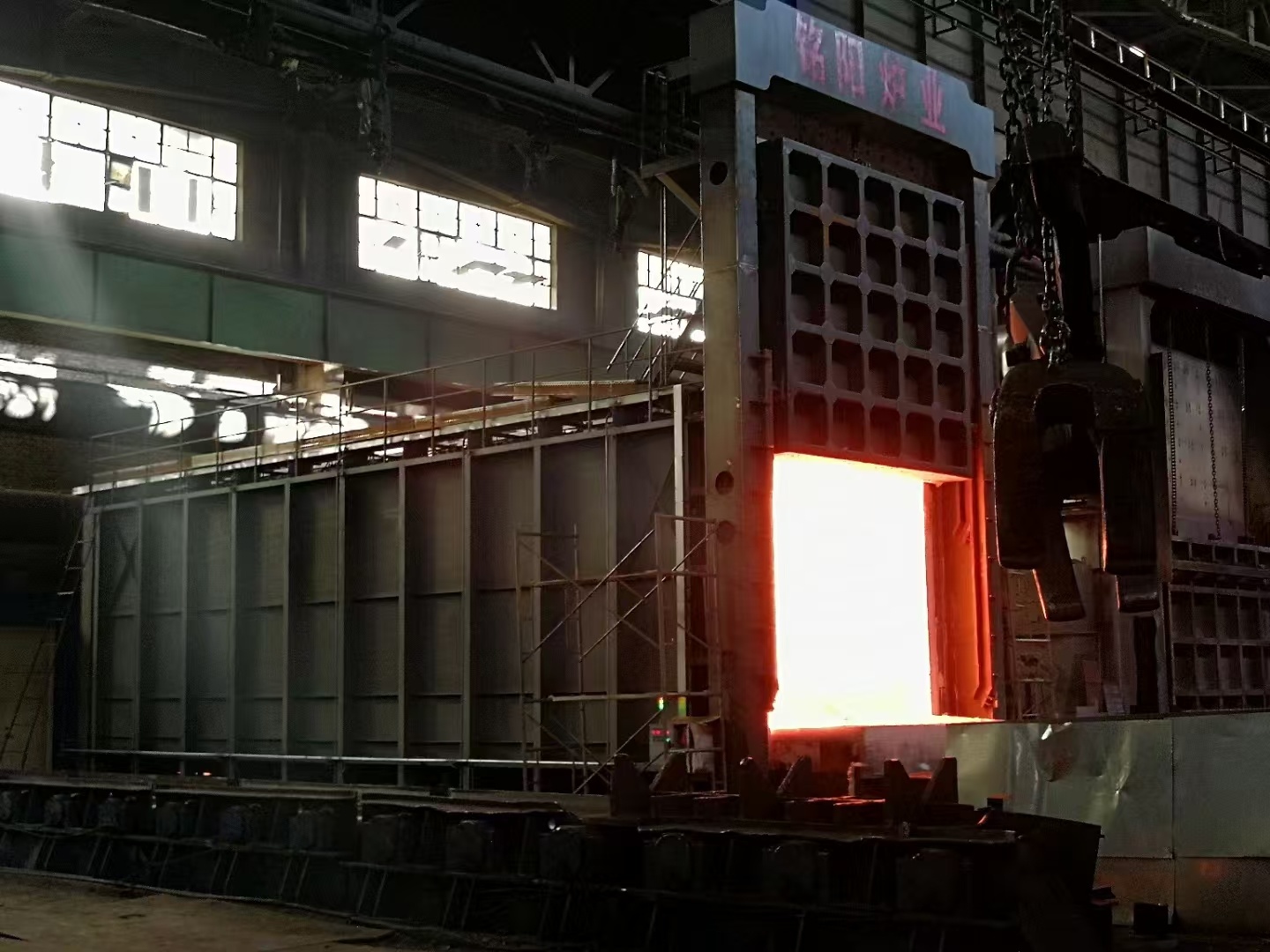


Unlocking Efficiency: Discover the Best Electric Furnace for Your Industrial Needs
Unlocking Efficiency: Discover the Best Electric Furnace for Your Industrial Needs
Table of Contents
1. Introduction to Electric Furnaces
2. The Importance of Choosing the Right Electric Furnace
3. Types of Electric Furnaces for Industrial Use
3.1 Resistance Electric Furnaces
3.2 Induction Electric Furnaces
3.3 Arc Electric Furnaces
Unlocking Efficiency: Discover the Best Electric Furnace for Your Industrial Needs
Table of Contents
- 1. Introduction to Electric Furnaces
- 2. The Importance of Choosing the Right Electric Furnace
- 3. Types of Electric Furnaces for Industrial Use
- 4. Key Criteria for Selecting an Electric Furnace
- 5. Essential Features of Modern Electric Furnaces
- 6. Top Electric Furnaces for Industrial Applications
- 7. Maintenance Tips for Electric Furnaces
- 8. Conclusion
1. Introduction to Electric Furnaces
In the realm of industrial heating solutions, electric furnaces stand out as a **versatile and efficient option**. They are widely used across various sectors, including manufacturing, metallurgy, and heat treatment. By converting electrical energy into thermal energy, electric furnaces provide a consistent and controllable heat source essential for numerous applications.
As industries continue to evolve, the need for **efficiency and precision** in heating processes has never been more critical. Choosing the best electric furnace can significantly impact production costs, energy consumption, and overall operational efficiency. This guide delves into the essential aspects of electric furnaces to help you make an informed decision.
2. The Importance of Choosing the Right Electric Furnace
Selecting the appropriate electric furnace for your industrial needs is paramount. An ill-suited furnace can lead to a host of problems, including **inefficient energy use**, prolonged heating times, and increased operational costs. Here are several reasons why the right choice matters:
1. **Energy Efficiency**: A furnace that operates efficiently helps reduce power consumption, leading to lower energy bills and a reduced carbon footprint.
2. **Cost Savings**: Investing in a high-quality electric furnace might involve a higher initial cost, but the **long-term savings** in maintenance and energy costs can offset this investment.
3. **Operational Consistency**: The right furnace ensures consistent heat delivery, which is crucial for processes that require precise temperature control.
4. **Safety**: Industrial heating can be hazardous if not properly managed. The right electric furnace comes with safety features that mitigate risks.
3. Types of Electric Furnaces for Industrial Use
Understanding the different types of electric furnaces available is essential for selecting the best option for your specific needs. Here are the primary types:
3.1 Resistance Electric Furnaces
Resistance electric furnaces use resistive heating elements to generate heat. When electric current passes through these elements, they produce heat as a byproduct. This type of furnace is suitable for applications requiring moderate temperature ranges, making it ideal for processes like **annealing and tempering**.
3.2 Induction Electric Furnaces
Induction electric furnaces utilize electromagnetic induction to heat materials. This method is known for its rapid heating capabilities, making it perfect for high-temperature applications such as **melting and casting metals**. Induction furnaces are highly efficient and provide precise temperature control.
3.3 Arc Electric Furnaces
Arc electric furnaces generate heat through an arc created between electrodes and the material being heated. This type of furnace is commonly used in steelmaking and other metallurgical processes, as it can reach extremely high temperatures quickly.
4. Key Criteria for Selecting an Electric Furnace
To make an informed decision when selecting an electric furnace, consider the following key criteria:
4.1 Efficiency Ratings
High efficiency ratings indicate that a furnace converts a larger percentage of electrical energy into heat. Look for furnaces with **energy efficiency certifications** and consider models that utilize modern technologies to enhance efficiency.
4.2 Capacity Requirements
Capacity is a critical factor dependent on your industrial processes. Assess the volume of material you will be heating and choose a furnace that can handle that load comfortably. An undersized furnace will lead to inefficiencies and longer processing times.
4.3 Cost-effectiveness
While the initial investment in an electric furnace is significant, evaluate its long-term cost-effectiveness. Consider factors such as operating costs, maintenance expenses, and expected lifespan. A slightly higher upfront cost may lead to substantial savings over time.
5. Essential Features of Modern Electric Furnaces
Modern electric furnaces come equipped with various features designed to enhance efficiency, safety, and usability. Some essential features include:
- **Digital Temperature Controls**: Allow precise adjustments for different materials and processes.
- **Safety Mechanisms**: Overheat protection, automatic shut-off features, and alarms help ensure safe operation.
- **Energy Recovery Systems**: Capture and reuse heat within the system, improving overall efficiency.
- **User-friendly Interfaces**: Intuitive controls and displays facilitate ease of operation and monitoring.
6. Top Electric Furnaces for Industrial Applications
With numerous models available, selecting the best electric furnace can be overwhelming. Here are some top-rated electric furnaces currently leading the market:
1. **L&L Special Furnace Co.**: Known for their high-performance kilns and furnaces, L&L offers models with exceptional temperature control and energy efficiency.
2. **Inductotherm Corporation**: A leader in induction heating technology, Inductotherm furnaces are renowned for their rapid heating capabilities and precision.
3. **Siemens Electric Furnaces**: Siemens incorporates advanced technology into their electric furnaces, ensuring efficiency and reliability in industrial settings.
7. Maintenance Tips for Electric Furnaces
Proper maintenance is crucial to ensure the longevity and efficiency of your electric furnace. Here are some tips:
- **Regular Inspections**: Schedule routine checks to identify wear and tear early, preventing costly repairs.
- **Keep Components Clean**: Dust and debris can hinder performance. Regularly clean heating elements and other components.
- **Check Electrical Connections**: Ensure that all connections are secure and free of corrosion to maintain efficient operation.
8. Conclusion
Selecting the right electric furnace for your industrial needs involves careful consideration of various factors, including efficiency, capacity, and cost. By understanding the different types of electric furnaces and their unique features, you can make an informed choice that optimizes your heating processes. Investing in a high-quality electric furnace not only enhances operational efficiency but also contributes to long-term cost savings and sustainability. As we move forward in an increasingly energy-conscious world, the role of electric furnaces in industrial applications will only continue to grow. Choose wisely to unlock the full potential of your operations.
Frequently Asked Questions (FAQs)
1. What is the primary advantage of using an electric furnace over traditional furnaces?
The primary advantage is energy efficiency. Electric furnaces convert electricity directly into heat, which tends to result in lower operational costs and a reduced environmental impact.
2. How do I determine the capacity needed for my electric furnace?
Assess your production volume and the amount of material you need to heat. It’s essential to choose a furnace with a capacity that comfortably meets your requirements.
3. Are there specific safety features I should look for in an electric furnace?
Yes, look for features such as overheat protection, automatic shut-off capabilities, and alarm systems to ensure safe operation.
4. What maintenance practices can prolong the life of my electric furnace?
Regular inspections, cleaning of components, and checking electrical connections are crucial maintenance practices that can significantly extend the life of your furnace.
5. How can I improve the energy efficiency of my electric furnace?
Consider investing in models with advanced energy recovery systems, maintain clean components, and ensure that your furnace is properly sized for your heating needs to enhance energy efficiency.


